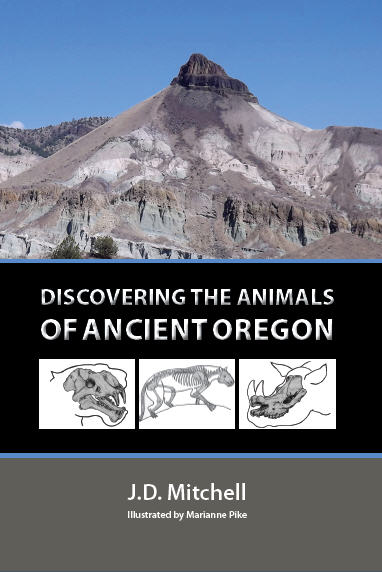The John Day Fossil beds are located in Central Oregon with the majority of the fossil-bearing strata in the area north of Highway 26, south of Highway 206, east of Highway 97 and west of Highway 395. The John Day Fossil Beds National Monument (JDFBNM) consists of three separate units (areas) that are widely separated and encompass a total of about 14,000 acres. Most of the remaining areas within the fossil bed strata are owned in various parcels by private parties and the Bureau of Land Management.
SHEEP ROCK UNIT OF JDFBNM: This unit is the largest and includes the Visitor Center, the Cant Ranch Historic District along the John Day River, The Thomas Condon Paleontology Center, Sheep Rock and Picture Gorge. It is located close to the intersection of Highway 26 and Highway 19.
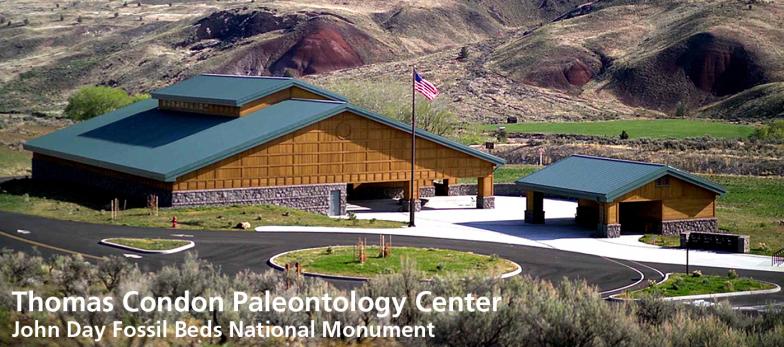
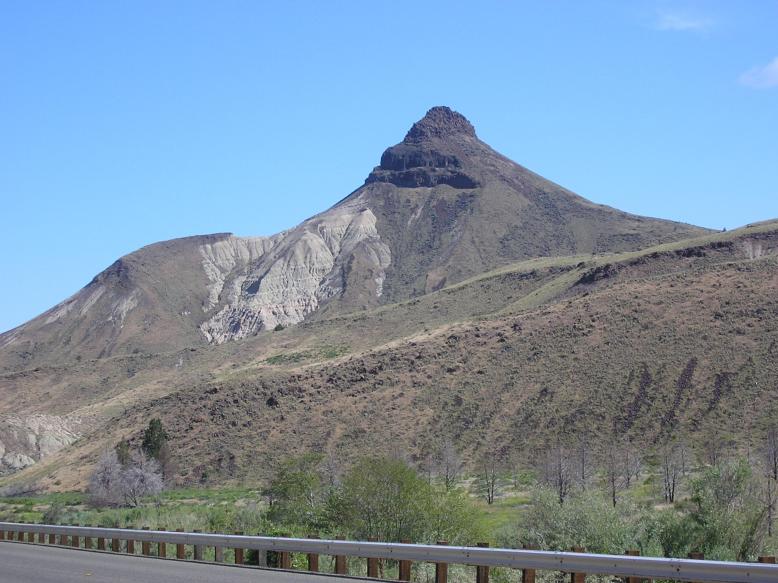
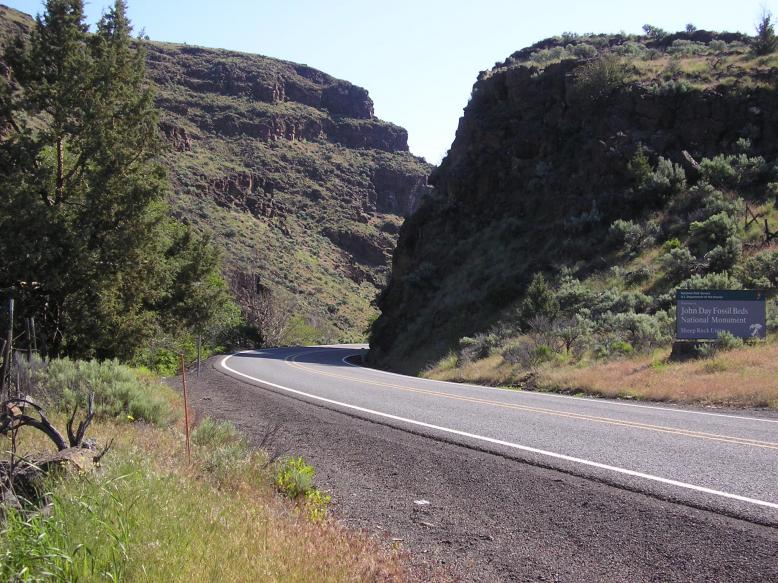
Sheep Rock Picture Gorge
PAINTED HILLS UNIT OF JDFBNM: Painted Hills unit is located 10 miles west of the small town of Mitchell, Oregon. It is north of Highway 26 and accessible by a paved county road.

Painted Hills in John Day Fossil Beds National Monument
CLARNO UNIT OF JDFBNM: The Clarno unit is about 18 miles west of Fossil, Oregon along Highway 218. The Clarno Nut Beds and the Hancock Mammal Quarry are within the unit boundaries but are not open to the public.
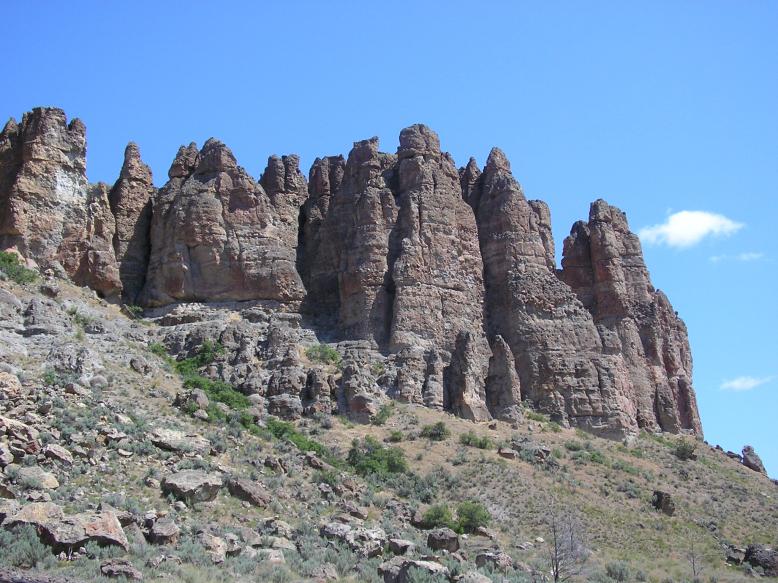 The Palisades in the Clarno Unit
The Palisades in the Clarno Unit
Throughout the area are found magnificent geological and scenic locations worthy of a “Kodak Moment.” Many mammal fossils with great variety have been found in the general area since the late 1800s. Current access to vertebrate fossil collecting on public lands is restricted only to those with a permit. Nearly all of the mammal fossils found so far are fragmentary and/or disarticulated with not a single complete fossil mammal reconstruction on view in museums.
As with all National Parks and Monuments in the United States, the interpretations for the geology and paleontology in the JDFBNM are based on the presuppositions of evolution and millions of years. The physical evidence, however, is easily interpreted within a biblical creationist perspective of creation and the worldwide flood at the time of Noah.
In 2013, after years of study, I published a 282 page hardback book on the history, geology and paleontology of the John Day Fossil beds area that has the biblical creationist worldview. The name of the book is Discovering the Animals of Ancient Oregon.
J.D. Mitchell
